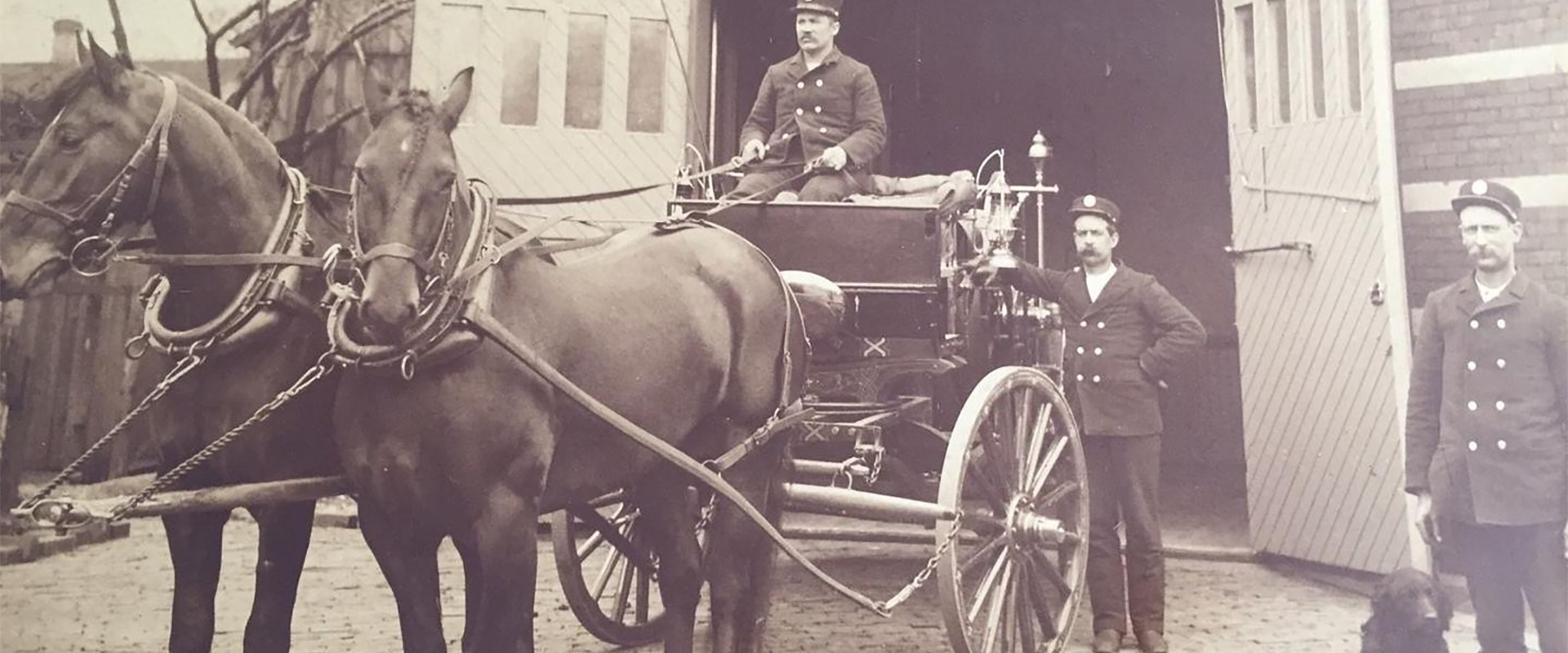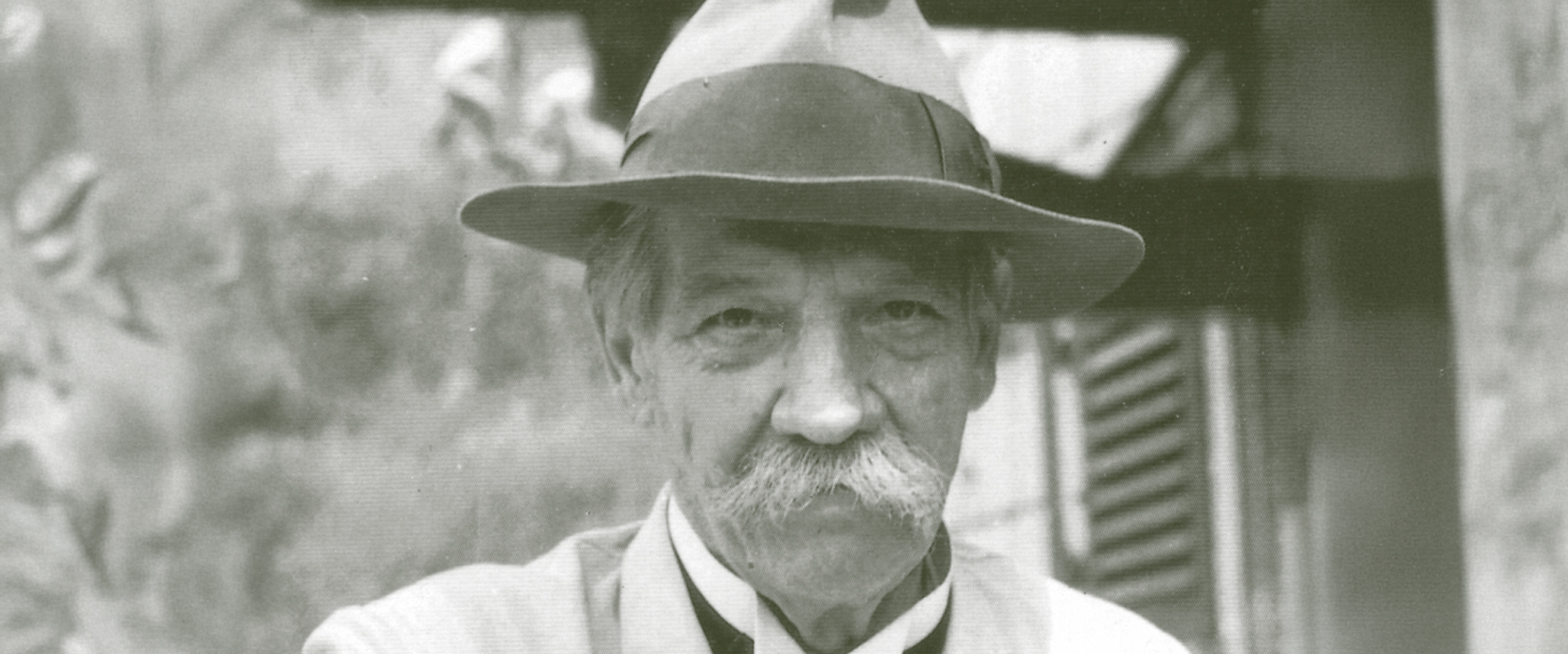In the mid-19th century, fire trucks were typically pulled by horses. At the fire house, the horses were kept downstairs, while the firemen slept and ate upstairs.
• This led to a problem: When the horses could smell food being prepared, they wanted some. So they would frequently climb the stairs to see for themselves what’s on the stove.
• This led to a solution: Fire stations began to install spiral staircases, too narrow for a horse to navigate. This kept the horses safely on the lower level.
• This led to a problem: A dozen firemen trying to race down a spiral staircase at 3:00 in the morning was neither safe nor quick.
• This led to a solution: Chicago-based fire fighter Captain David Kenyon is credited with the invention of the fire pole: Safer, faster, more efficient.
Following Chicago’s lead, the Boston Fire Department soon installed a fire pole. It wasn’t long before other departments throughout the land heard about this innovation, and began using them, too. You could say the idea spread like … I don’t know … what would be a good analogy here?
Here’s my point.
Problems rarely come with a one-step-and-this-settles-it-forever solution. The best solution to one problem will often present corresponding challenges in another area.
So what do you do? Abandon a good “first-step” idea?
No, you continue to adapt. You continue to confront the follow-up challenges that come along.
That’s part of being a leader: solving one problem after another. It’s not always the most enjoyable line-item in our job description, but it’s often the most necessary.
The end result for fire stations across the nation is that the fire pole is a much faster method of getting to the lower level — faster than even a traditional set of steps. And when you’re on your way to a fire, every second counts.
Facing problems day-in and day-out can be tedious, it’s true. However, solving them one-by-one makes everything better for everyone.
And more than likely, that’s much of what your job entails.




